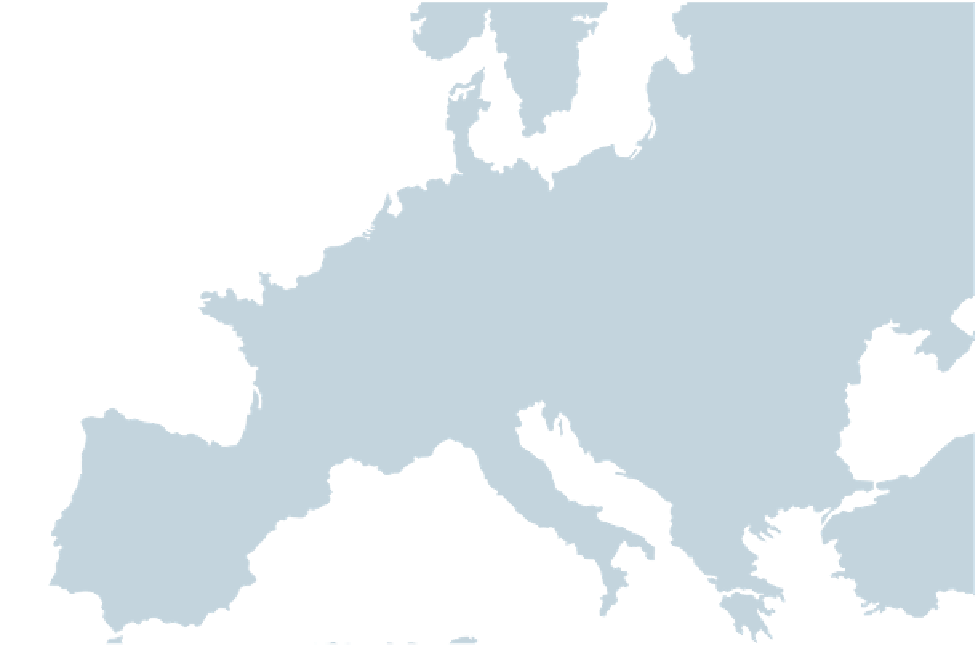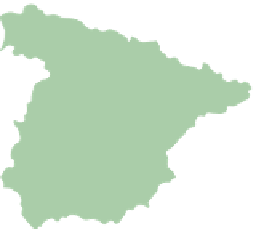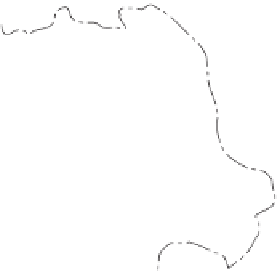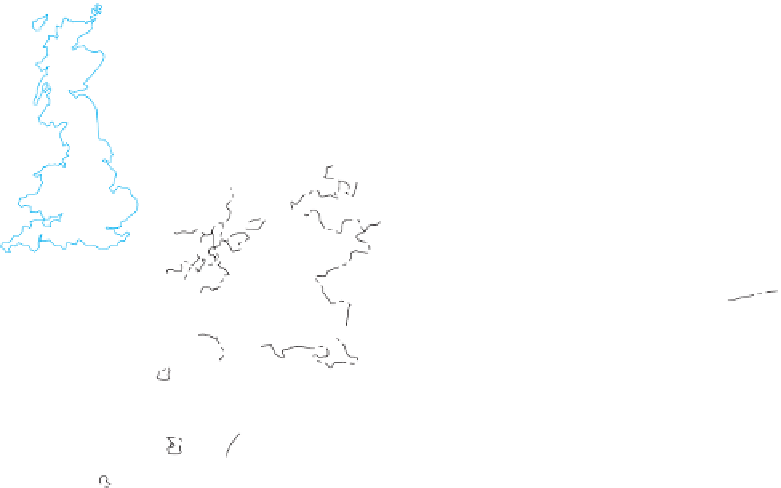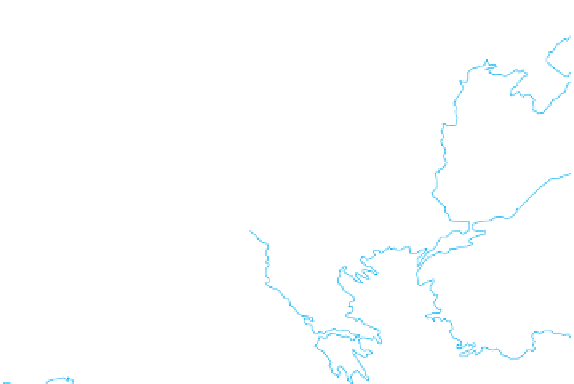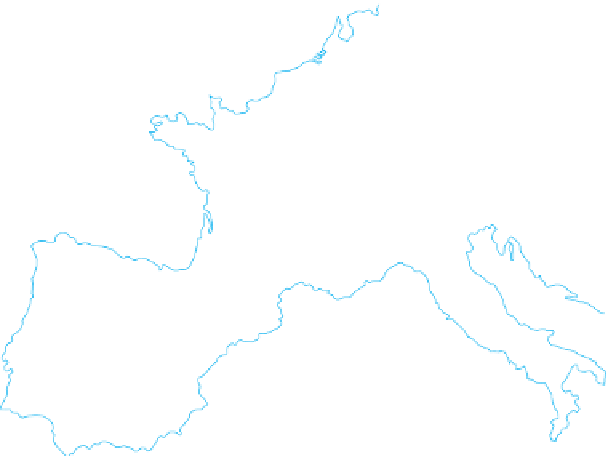Geography Reference
In-Depth Information
The goal of creating nation-states dates to the
French Revolution, which sought to replace control by a
monarchy or colonizer with an imagined cultural-historical
community of French people. The Revolution initially
promoted
democracy
, the idea that the people are the
ultimate sovereign—that is, the people, the
nation
, have
the ultimate say over what happens within the state. Each
nation, it was argued, should have its own sovereign terri-
tory, and only when that was achieved would true democ-
racy and stability exist.
People began to see the idea of the nation-state as
the ultimate form of political-territorial organization,
the right expression of sovereignty, and the best route to
stability. The key problem associated with the idea of the
nation-state is that it assumes the presence of reasonably
well-defi ned, stable nations living contiguously within
discrete territories. Very few places in the world come
close to satisfying this requirement. Nonetheless, in the
Europe of the eighteenth and nineteenth centuries, many
believed the assumption could be met.
The quest to form nation-states in the Europe of the
1800s was associated with a rise in nationalism. We can view
nationalism from two vantage points: that of the people and
that of the state. When
people
have a strong sense of nation-
alism, they have a loyalty to and a belief in the nation itself.
This loyalty does not necessarily coincide with the borders
of the state. A
state
, in contrast, seeks to promote a sense of
nationhood that coincides with its own borders. In the name
of nationalism, a state with more than one nation within its
borders may attempt to build a single national identity out
of the divergent people within its borders. In the name of
nationalism, a state may also promote confl ict with another
state that it sees as threatening to its territorial integrity.
Even though the roots of nationalism lie in ear-
lier centuries, the nineteenth century was the true age
of nationalism in Europe. In some cases the pursuit of
nationalist ambitions produced greater cohesion within
long-established states, such as in France or Spain; in
other cases nationalism became a rallying cry for bring-
ing together people with some shared historical or cul-
tural elements into a single state, such as in the cases of
Italy or Germany. Similarly, people who saw themselves as
separate nations within other states or empires launched
successful separatist movements. Ireland, Norway, and
Poland all serve as examples of this phenomenon.
European state leaders used the tool of nationalism
to strengthen the state. The modern map of Europe is still
fragmented, but much less so than in the 1600s (Fig. 8.4).
In the process of creating nation-states in Europe, states
absorbed smaller entities into their borders, resolved
Figure 8.4
European Political Fragmentation in 1648.
A generalized map of the fragmentation of
western Europe in the 1600s.
Adapted with permission from:
Geoffrey Barraclough, ed.
The Times Concise Atlas of
World History,
5th ed., Hammond Incorporated, 1998.
























































